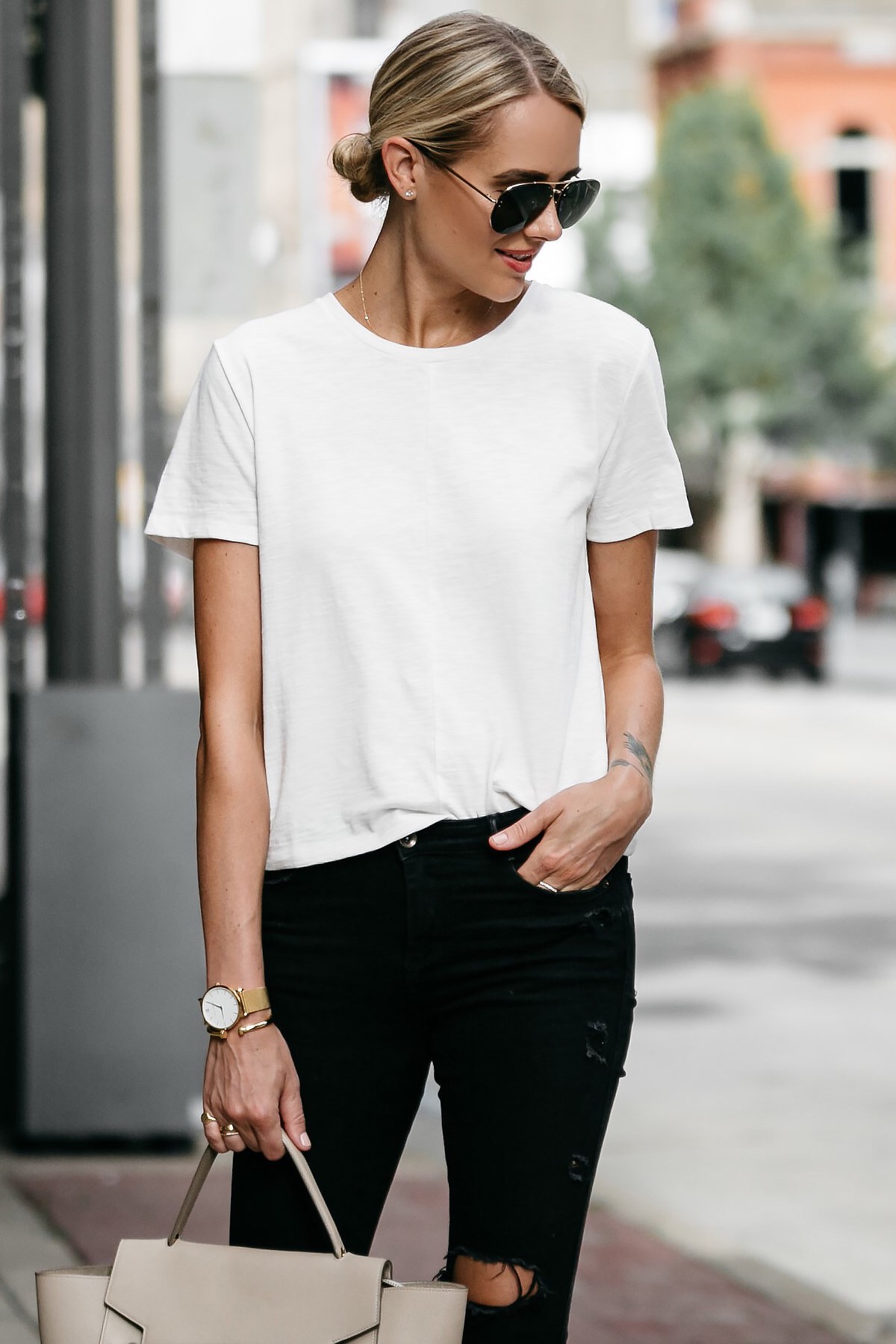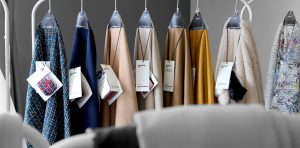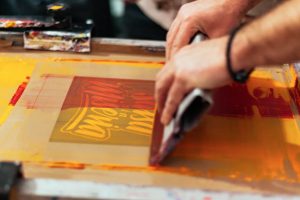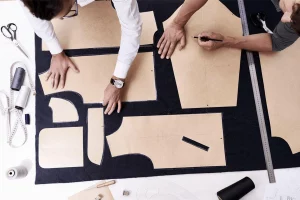● Brands you like
● Brands you relate to
● Brands your support
● Demographics Market
● Gender
● Point of view
What Brands Do You Like?
What are the types of brands that you like personally, either brands you wear or if you could afford to then you would with no question. This way of thinking allows you to form an understanding of the silhouettes, and product assortment as well as price points that you feel comfortable with.
Will most designers decide to start a clothing brand the first thing I think about is the type of design. Therefore the best way to narrow the process is to create a visual board with brands you like and go through the process of identifying the type of styles you really like to begin your design process.
WHAT BRANDS DO YOU RELATE TO?
This is very similar to Brands you like but at certain points you will need to realize why you like these brands and push yourself further to dig in a bit more and to do a little more outside of the box thinking rather than just design.
This is where most brand owners come up with their Process on how to build a brand by understanding what it is but the brand that made them feel like it got them or it understood them. This could be either the way they market and advertise themselves with the type of message and communication either verbal or visual concepts they use to win their customers’ hearts.
What Brands Do You Support And Why?
As every business will need to have a mission and value proposition meeting to be created eventually, this is something that will help you shape your company’s message about what it is that you do and why.
So understanding brands that you support for a specific reason that has little to do with design and mainly it is more personal. To give you a couple examples, it could be simply that you like Reformation because even though you have many different companies offering that type of garments and even better pricing than Reformation but that you can choose and pick them because they are made sustainably and mean a lot to you.
So for this example sustainably made is your jam and understanding that is critical as It might also be something like a part of your mission that you could also incorporate. Another example is that, you love Lauren Moshi because she is an artist first before she was a fashion designer and that she paints each one of her art on canvas and holds exhibitions to sell them before they are translated into silk screen printing on garments. So being very artistic means a lot to you.
What’s Your Demographic Market?
Many designers go about this either naturally by designing for their own age group or by thinking without doing a proper analysis who they assume would like their product. It is very important for you to do some sort of a survey to understand the demographic market you want to design for and the reason why you want to design for that demographic market.
If you are let’s say for an example 35 years old, and brands that you buy from Although it may seem like they are catering to you but you fail to understand the core demographic market is someone who is the age of 25-30 and you happened to be in there the second tier market group.
Understanding this is critical When it comes down to marketing. Understanding your court demographic market will extend your marketing spend making every dollar count because CAC (Customer acquisition cost) Could be much lower.
It is not important although to do this before you begin your process but it is very important once you have put together a collection you truly love and product your truly stand behind to do a marketing analysis by spending for as cheap as $50-$100 to find out before you start making a run for it based on assumptions. Otherwise it may cost you throwing away thousands before you’re able to find out.
WHAT GENDER DO YOU WANT TO DESIGN FOR?
Identify where to start in gender bases such as men, women, juniors and kids market. Pick one gender to start with and stick with it until you build a momentum. It is OK for certain products like basics to start with both men and women at the same time for something like a T-shirt or basic clothing as it’s a common practice even then we highly recommend you best focus on one.
By any means do avoid trying to sell items as unisex. This is the most horrible business practice invented in the 21st-century by Merch businesses trying to liquidate cheap items.
We know it’s almost a cliché to think a woman would prefer to wear her boyfriend T if she had a better alternative. You might get away with it initially although we don’t recommend it, but as your brand expands and you start acquiring a customer who has better fashion taste and KNOWNS other options then It will certainly backfire on your brand, which is the last thing you need when you’re trying to build something great.
That would be the last thing or time she would buy from you, even worse a bad review and discourage a friend or his/her group. They are designer pieces that are properly designed to mimic that boyfriend look tee but made specifically for her body with a wow so cute and comfy factor such as boxed cut tee, oversized women tee and so on that sh would love and recommend to all her friends (world of mouth) is what you need to build a brand. Let us show you two expmples of a boyfriend fit from a designer brand vs. a merch unisex brand…
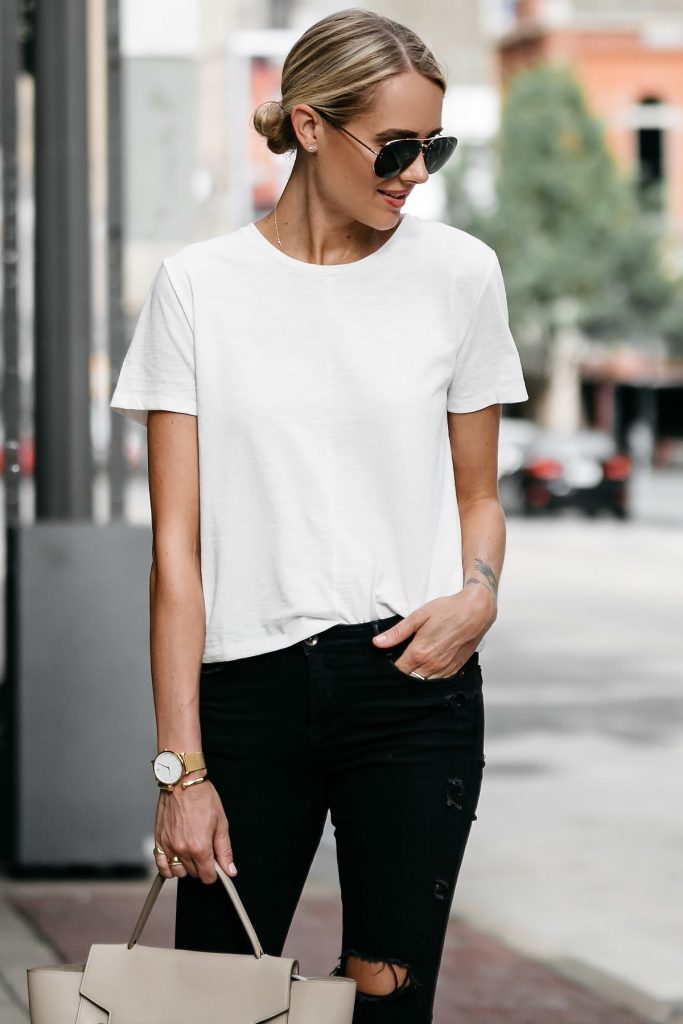
On the flip side, we can say confidently most men can barely fit in their girlfriend tees so don’t try to game the system the other way. Everything you do need to be with the intention to make your customer feel their best.
The more you focus on quality, individuality with your customer always front and center, the highest chances you have building a great brand. When a customer identifies the type of product they should expect from you then you’ll always be their go-to when they need new items or a replenishment along with great reviews for others to see and word of mouth to fuel up your growth.
This is also how you retain customers for a very long time and get the most out of your CAC (customer acquisition cost) $ that you spend in marketing or advertising to acquire customers and retain them for a period of unknown or as long as possible, possibly forever.
Why Me & My Point Of View?
A point of you can come from anything from designs related or mission related. It is best to ask the wind me question because it allows you to see if what you are doing or attempting to do is worth doing so or will it be a waste of time.
This is not to say not to give your concept a chance but to be careful not to fall for an idea or a concept that has been highly played out and has been done and it is being done by so many. Remember we all like competition as long as we win, so knowing what you’re getting into and seeing if you have a chance of winning is critical in building a brand.
Therefore even if you do not have a point of view that is unique in design then tried to make sure you have a point of you that is unique in its mission and vice versa. Constantly seeking for this information to give you and your business and leverage will go a long way to assure your success.
